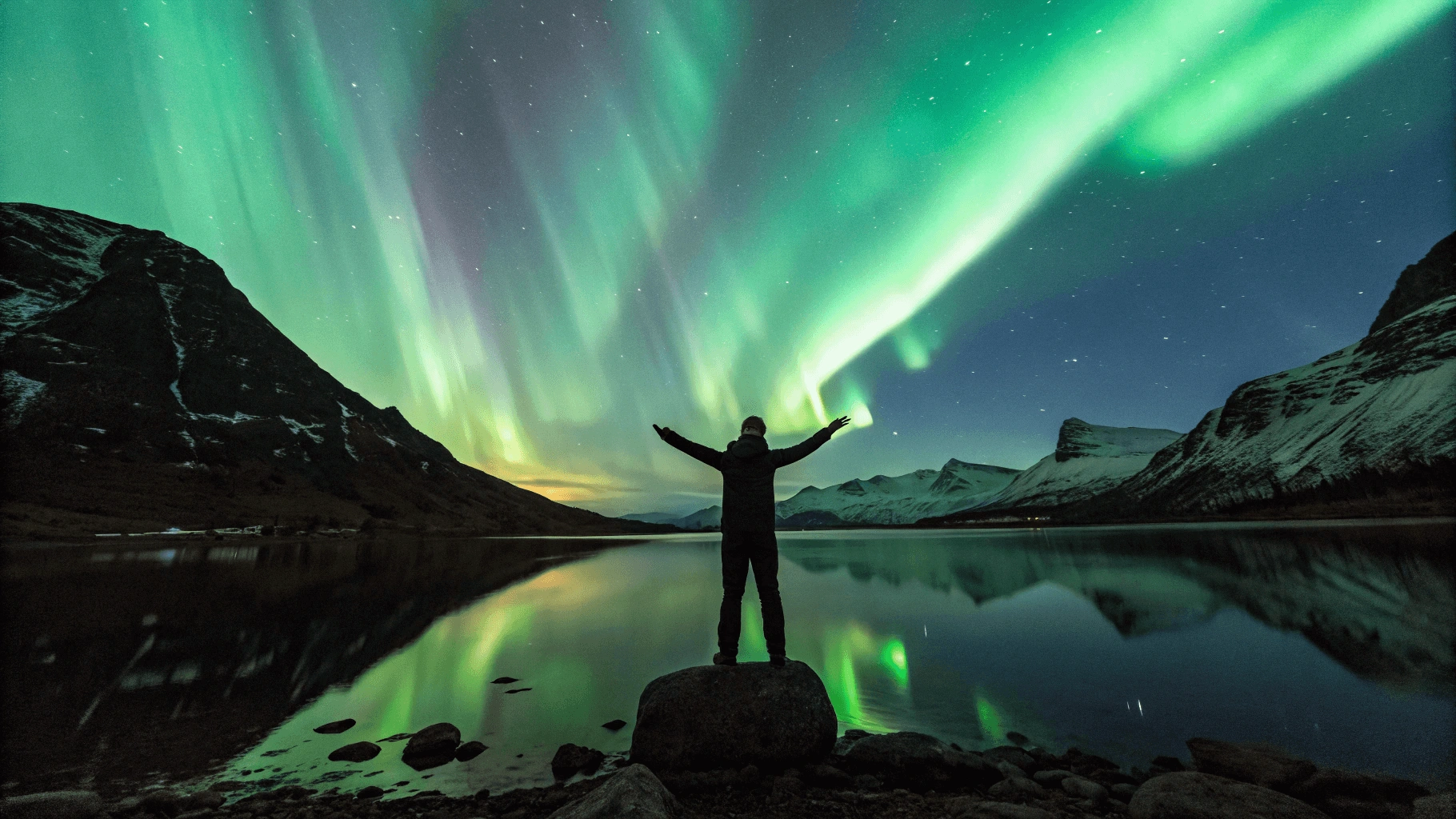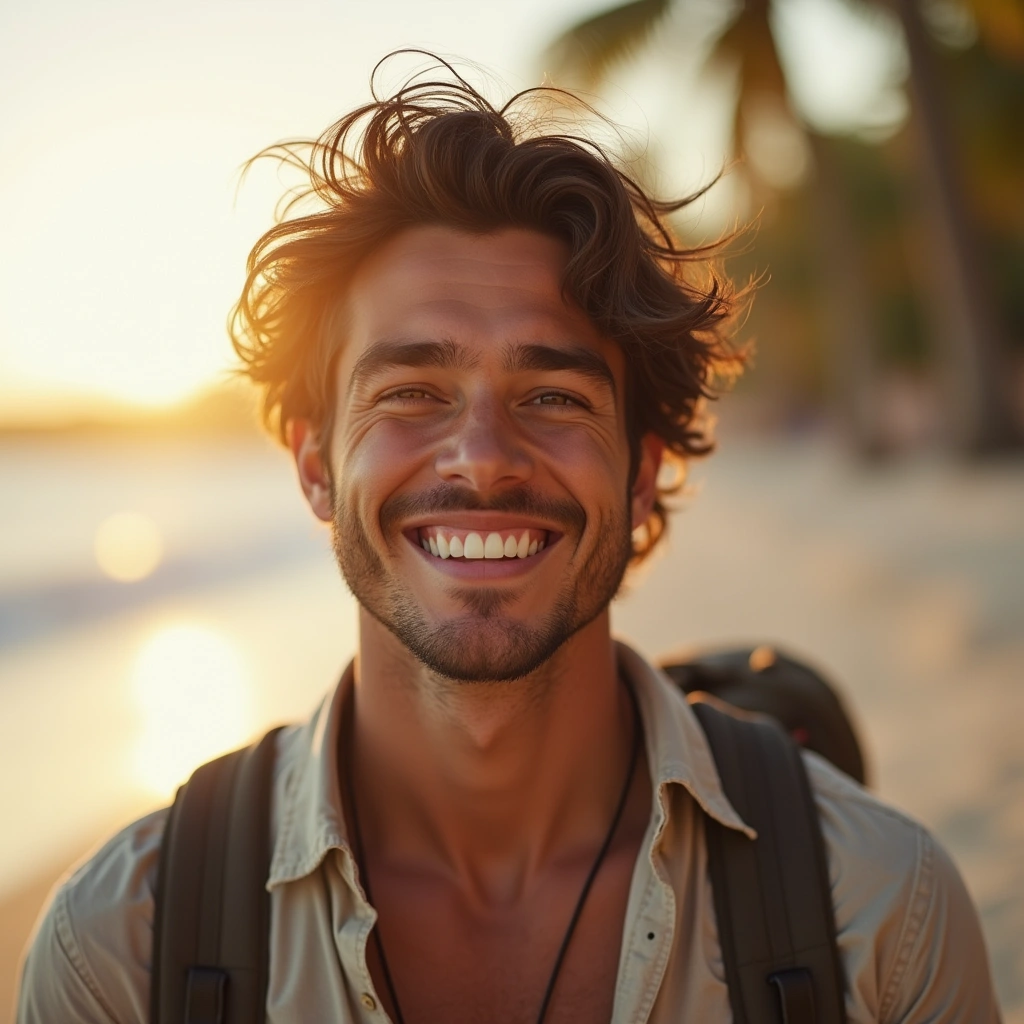Introduction: Nature’s Most Spectacular Light Show
There’s a moment when it happens – the sky slowly awakens with a faint green glow, then gradually transforms into ribbons of color dancing across the darkness. Time seems to stand still as the Aurora Borealis Norway performs its celestial ballet overhead. This natural wonder has captivated humans for millennia, and Norway offers some of the world’s most breathtaking front-row seats to this magical display.
The Northern Lights in Norway aren’t just a sight to behold—they’re an experience that touches something profound within us. Whether you’re standing on a snow-covered mountain, relaxing in a glass-roofed cabin, or sailing along Norway’s pristine coastline, witnessing the Aurora Borealis Norway is often described as life-changing.
In this comprehensive guide, we’ll explore everything you need to know about experiencing the Aurora Borealis Norway—from understanding the science behind the phenomenon to the best locations, optimal timing, and practical planning tips to maximize your chances of witnessing this natural wonder. Whether you’re a dedicated aurora hunter or planning your first Nordic adventure, this guide will help you create the perfect Northern Lights journey in Norway.
Table of Contents
What ARE the Northern Lights? The Science Made Simple
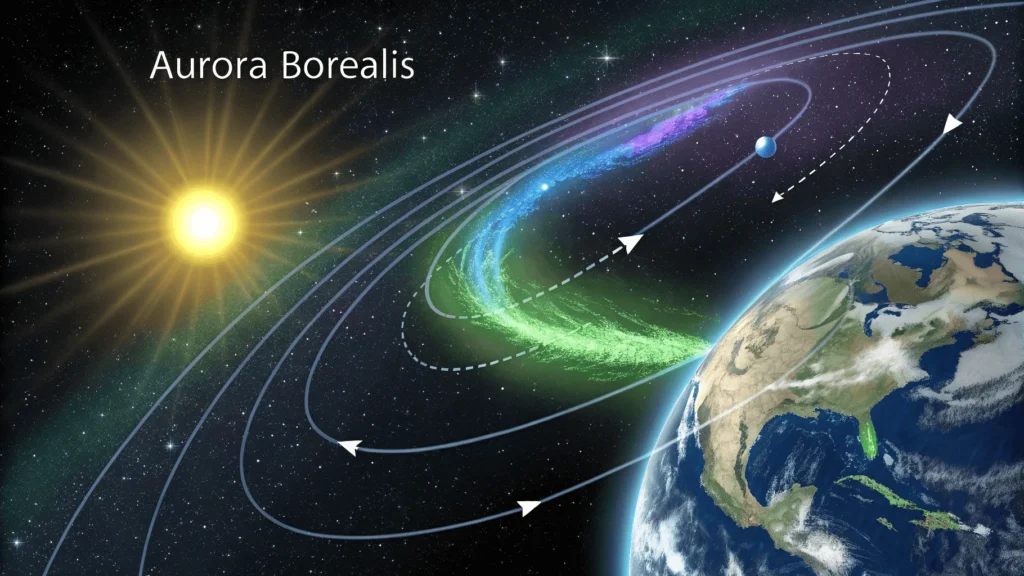
The Aurora Borealis, commonly known as the Northern Lights, begins its journey 93 million miles away on our sun. The spectacular light show starts with solar flares and coronal mass ejections—enormous bursts of energy and particles that travel through space toward Earth.
When these charged solar particles reach our planet, they interact with Earth’s magnetic field. Our magnetosphere typically deflects these particles, but near the poles (where magnetic field lines converge), some particles enter the upper atmosphere. There, they collide with atmospheric gases—primarily oxygen and nitrogen—releasing energy in the form of light. According to NASA, this interaction occurs when energetic particles from solar wind collide with gases like oxygen and nitrogen in the Earth’s upper atmosphere, releasing photons that create auroral light.
The result? Those magical dancing curtains of color illuminating the night sky. The most common color is a vivid green (from oxygen at lower altitudes), but you might also witness blues, purples, and reds (from nitrogen and high-altitude oxygen) depending on atmospheric conditions.
What makes each aurora display unique is the ever-changing pattern of solar activity combined with Earth’s dynamic magnetic field. No two nights—and no two moments—are ever exactly the same, making each sighting a truly one-of-a-kind experience.
Why Norway is PERFECT for Aurora Hunting

Norway stands out as one of the world’s premier destinations for witnessing the Aurora Borealis for several compelling reasons:
Prime Geographic Position
Norway’s northern territories lie directly beneath the “auroral oval”—the zone where aurora activity is most concentrated. This prime positioning means higher chances of successful sightings during the season. The auroral oval is a ring-shaped zone around the magnetic poles where aurora activity is most intense, as confirmed by NOAA’s Space Weather Prediction Center.
Extensive Arctic Coastline
Norway’s dramatically long and jagged coastline offers countless vantage points for aurora viewing. The Gulf Stream also keeps coastal areas relatively mild compared to other Arctic regions at similar latitudes. “Aurora Borealis Norway”
Diverse Landscapes
From fjords to mountains, Arctic tundra to islands, Norway provides varied backdrops for your aurora experience. This diversity allows for multiple viewing environments within a single trip. “Aurora Borealis Norway”
Exceptional Infrastructure
Despite its remote northern location, Norway maintains excellent transportation networks, comfortable accommodations, and reliable services—even in Arctic regions. This combination of wilderness access with modern amenities is rare in aurora viewing destinations. “Aurora Borealis Norway”
Cultural Connection
Norwegian culture has deep ties to the Northern Lights, with the phenomenon featuring prominently in Norse mythology and Sami traditions. This cultural dimension adds richness to the viewing experience. “Aurora Borealis Norway”
Variety of Experiences
Norway offers everything from budget-friendly DIY aurora hunting to luxury guided experiences, accommodating every travel style and preference. “Aurora Borealis Norway”
Unlike neighboring Sweden and Finland (which offer excellent viewing in their own right), Norway’s extensive coastline provides the unique opportunity to witness the aurora reflecting off open water, while also offering mountainous inland viewing opportunities—truly the best of both worlds. “Aurora Borealis Norway”
When to Go: Timing Your Aurora Adventure

The Short Answer: September to March
The primary aurora viewing season in Norway spans from September to March when dark skies create the necessary canvas for the lights to display. However, not all months are created equal: “Aurora Borealis Norway”
- September-October: Early season with milder temperatures and the equinox boost (solar activity often increases around equinoxes). Less snow means easier travel, but shorter darkness periods.
- November-January: Peak darkness period thanks to the polar night (when the sun doesn’t rise above the horizon). Highest chance of viewing auroras at convenient evening hours, but coldest temperatures and potential for weather disruptions.
- February-March: Increasing daylight hours provide more opportunities for daytime activities while still offering dark nights for aurora viewing. Spring equinox in March can bring enhanced aurora activity. “Aurora Borealis Norway”
Key Factors Affecting Visibility
- Darkness: Complete darkness is essential—making summer months (with midnight sun) impossible for aurora viewing.
- Clear Skies: Cloud cover is the aurora hunter’s nemesis. Coastal areas can experience more variable weather than inland locations.
- Solar Activity: The aurora is created by solar events, which follow roughly 11-year cycles. Good news for 2025 travelers: we’re approaching a solar maximum, meaning increased aurora activity.
- Moon Phase: A full moon creates natural light pollution. Planning around new moon periods can enhance visibility of fainter auroras.
For a month-by-month breakdown of conditions and specific recommendations for timing your trip, check out our detailed guide on The Best Time to See the Northern Lights in Norway. “Aurora Borealis Norway”
Where to Go: Norway’s Aurora Hotspots
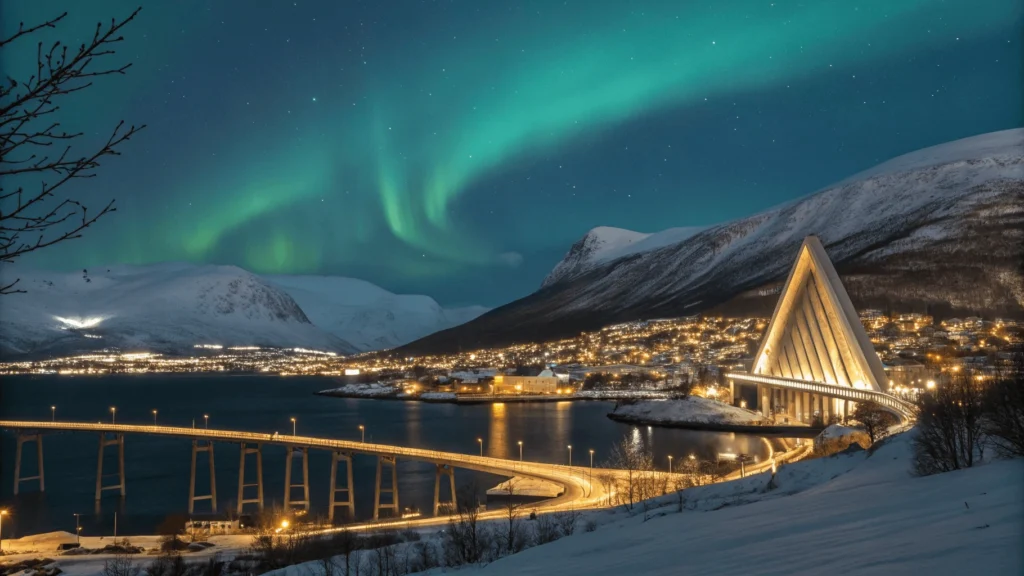
Norway offers several regions renowned for exceptional aurora viewing, each with its own character and advantages:
Tromsø: The Aurora Capital
Often called the “Paris of the North,” Tromsø combines urban amenities with easy access to dark-sky locations. This city of 77,000 serves as an ideal base for aurora adventures, offering:
- Excellent infrastructure and abundant accommodation options
- Wide range of guided tours departing daily
- Surrounding mountains and fjords providing backdrop options
- Easy accessibility via direct flights from Oslo “Aurora Borealis Norway”
Lofoten Islands: Dramatic Landscapes
This archipelago offers perhaps the most photogenic aurora backdrop in Norway:
- Stunning combination of jagged mountains, beaches, and traditional fishing villages
- Relatively mild coastal climate despite its Arctic location
- Increasing aurora tourism infrastructure
- Opportunities to combine Northern Lights with world-class landscape photography
North Cape (Nordkapp): The Top of Europe
Europe’s northernmost point offers a unique aurora experience:
- Unobstructed views across the Barents Sea
- Feeling of standing at the edge of the continent
- Visitor center providing shelter and amenities
- Bragging rights of seeing the lights from this iconic location
Svalbard: The Polar Frontier
This remote Arctic archipelago offers a truly adventurous aurora experience: The Norwegian Polar Institute provides up-to-date environmental insights and research on Svalbard’s unique Arctic ecosystem.
- Opportunity to see “day auroras” during the polar night (mid-November to late January)
- Northernmost permanently inhabited place in the world
- Combine aurora viewing with unique Arctic wildlife experiences
- Exceptional clarity due to extremely dry air
Vesterålen: Less Crowds, Pure Nature
The often-overlooked neighbor to Lofoten offers: “Aurora Borealis Norway”
- Similar spectacular scenery with fewer tourists
- Excellent whale watching opportunities alongside aurora hunting
- More authentic, less commercialized atmosphere
- Some of Norway’s darkest skies
Senja: Norway’s Hidden Gem
Norway’s second-largest island delivers:
- Diverse landscapes from rugged mountains to sheltered bays
- Less development and light pollution
- Increasing availability of specialized aurora accommodations
- Relatively accessible from Tromsø
For detailed information about each location, including specific viewing spots, accommodation recommendations, and practical tips, see our in-depth guide to Best Places to See the Northern Lights in Norway. “Aurora Borealis Norway”
Planning Your Trip: Essential Considerations
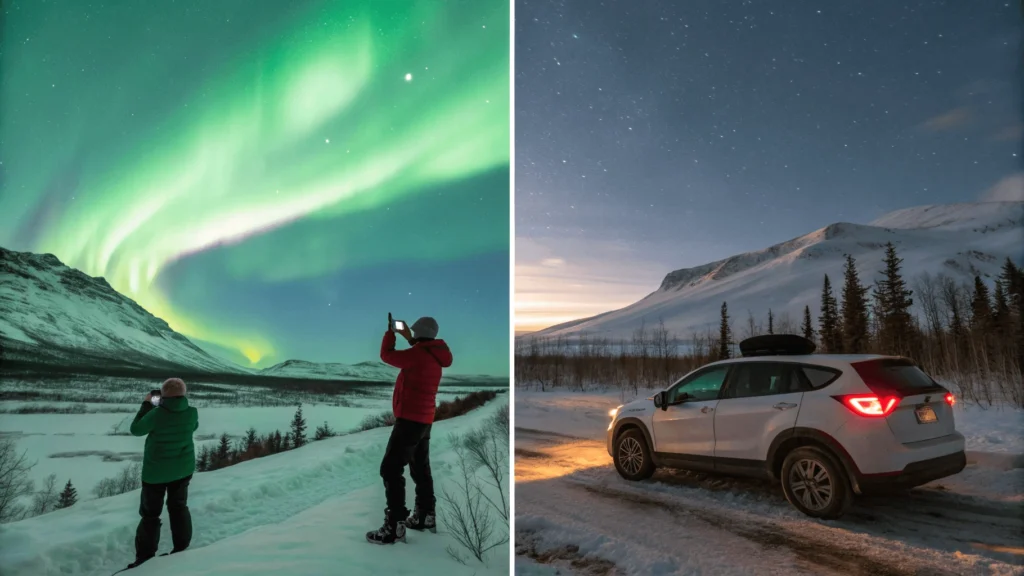
Tours vs. DIY Approach
Guided Tours:
- Provide expert knowledge and maximize viewing chances
- Handle transportation and equipment needs
- Create social experiences with fellow travelers
- Range from simple bus excursions to multi-day adventure packages
Self-Guided: “Aurora Borealis Norway”
- Offers maximum flexibility to chase clear skies
- Potentially more affordable for longer stays
- Allows for spontaneous schedule adjustments
- Requires more research and preparation
Transportation Essentials
- Air Travel: Direct international flights to Tromsø are available, or connect through Oslo
- Rental Cars: Highly recommended for self-guided aurora hunting, but winter driving experience is essential
- Coastal Express: The Hurtigruten ships offer unique aurora viewing from the water
- Public Transport: Limited but available in main areas; less flexible for aurora chasing
Accommodation Basics
- Aurora-Focused Lodging: Glass igloos, aurora cabins, and lodges with northern views and aurora wake-up calls
- City-Based: Stay in urban areas with guided tours departing nightly
- Remote Wilderness: Cabins and small hotels in low light-pollution areas
- Booking Advice: Reserve well in advance, especially during peak February/March period
For comprehensive planning guidance, including budgeting considerations, detailed packing lists, and insider tips, visit our complete Northern Lights Trip Planning Guide. “Aurora Borealis Norway”
How to ACTUALLY See the Aurora Borealis
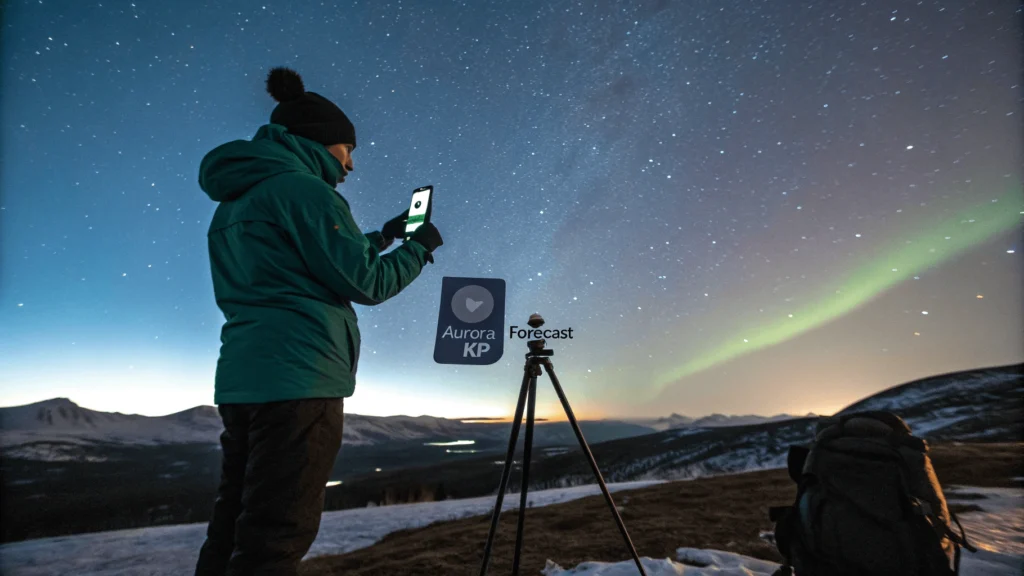
Despite being in the right place at the right time, many visitors miss the aurora due to simple oversight. Follow these essential tips to maximize your chances: “Aurora Borealis Norway”
Check Aurora Forecasts Daily
- Monitor KP index (geomagnetic activity measurement)
- Track cloud cover forecasts for your specific location
- Use specialized aurora apps and websites like Norway Lights, Another reliable option is the University of Alaska’s Aurora Forecast tool, which offers short-term and long-term aurora visibility predictions.
Find Truly Dark Skies
- Move at least 15-20 minutes away from city lights
- Allow 20+ minutes for your eyes to adjust to darkness
- Face north (where aurora activity typically begins)
- Choose elevated viewing spots when possible
Practice Patience and Persistence
- Plan multiple nights for aurora hunting
- Be ready for sudden appearances (aurora can emerge quickly)
- Prepare to stay out for extended periods
- Remember that cameras can capture auroras that are faint to the naked eye
Dress Appropriately
- Layer clothing systematically (base layer, insulating layer, wind/waterproof outer layer)
- Pay special attention to extremities (quality gloves, wool socks, insulated boots)
- Bring chemical hand warmers for extra comfort
- Consider rental services for specialized Arctic clothing if traveling light
Experiencing the Aurora: Beyond Just Watching
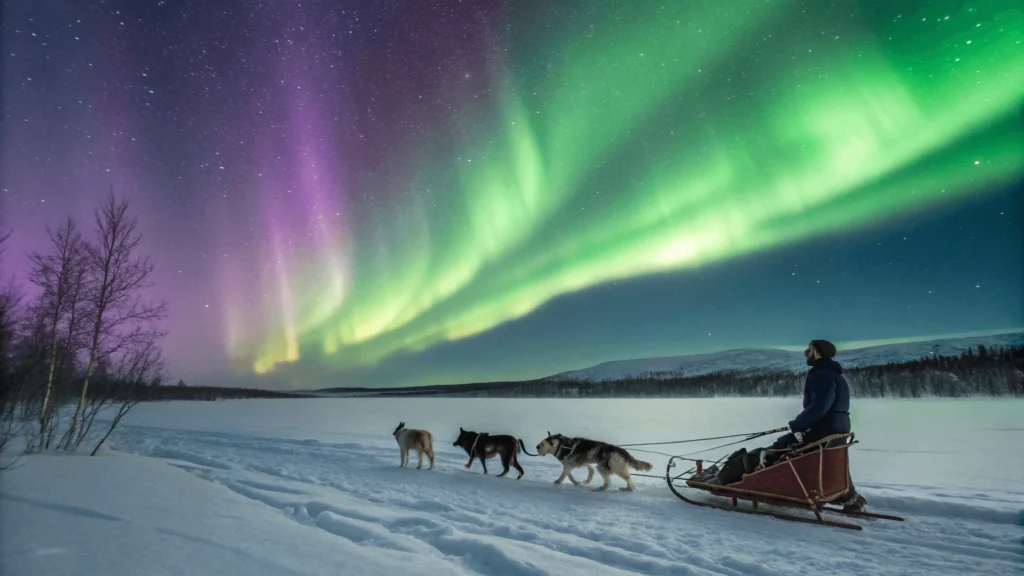
The aurora experience becomes even more magical when combined with other Arctic activities:
Photography Adventures
Capturing the Northern Lights creates lasting memories. Many tour operators offer specialized photography excursions with:
- Technical guidance for camera settings
- Tripod loans and equipment advice
- Tips for composition with Norwegian landscapes
- Post-processing techniques for optimal results
Cultural Immersion
- Learn about Sami traditions and beliefs surrounding the aurora
- Experience traditional lavvu (Sami tent) evenings with storytelling, For a deeper understanding of Sami heritage and their connection to the aurora, visit the official website of the Sami Parliament of Norway.
- Discover Norse mythology’s interpretation of the dancing lights
Arctic Activities Under the Lights
- Dog sledding beneath the aurora
- Snowmobile safaris to viewing locations
- Reindeer sledding experiences
- Snowshoeing through pristine forests
- Arctic sailing along Norway’s coast
Thermal Experiences
- Hot tubs under the open sky
- Traditional saunas with aurora viewing breaks
- Warm beverage services during viewing sessions
Essential Aurora Glossary: Speaking the Language

Understanding these key terms will help you interpret forecasts and discussions: “Aurora Borealis Norway”
| Term | Definition |
|---|---|
| KP Index | Scale (0-9) measuring geomagnetic activity; KP3+ typically needed for aurora viewing in northern Norway |
| Solar Wind | Stream of charged particles flowing from the sun that causes aurora when interacting with Earth’s magnetosphere |
| Coronal Mass Ejection (CME) | Large release of plasma and magnetic field from the sun that can cause strong auroras 2-3 days after occurrence |
| Solar Maximum | Peak of the sun’s 11-year activity cycle, bringing increased aurora frequency |
| Magnetic Substorm | Period of heightened aurora activity lasting 2-3 hours; often bringing the most dramatic displays |
| Bz Component | Measurement of the interplanetary magnetic field’s orientation; negative values enhance aurora chances |
| Aurora Oval | Ring-shaped zone around Earth’s magnetic poles where auroras are most commonly visible |
Preparing for Your Aurora Adventure: Essential Packing List
When preparing for aurora hunting in Norway, proper equipment is crucial for both comfort and enjoyment: “Aurora Borealis Norway”
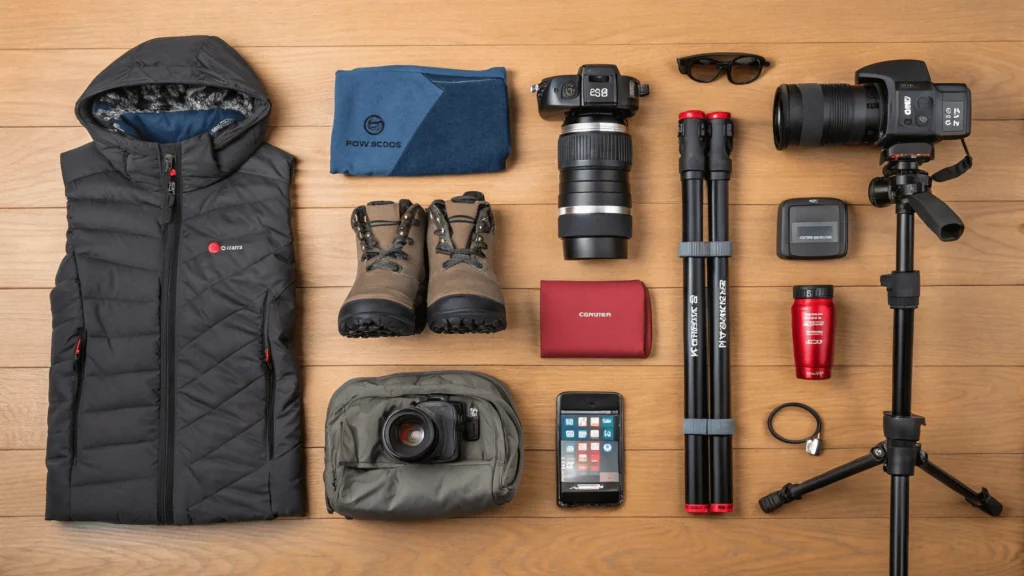
Clothing Essentials
- ✓ Thermal base layers (wool preferred)
- ✓ Mid-layer insulation (fleece or down)
- ✓ Windproof/waterproof outer shell
- ✓ Insulated winter boots rated for sub-zero temperatures
- ✓ Wool socks (multiple pairs)
- ✓ Insulated gloves or mittens
- ✓ Warm hat covering ears
- ✓ Neck gaiter or scarf
- ✓ Hand and foot warmers
For Photography
- ✓ Camera with manual settings capability
- ✓ Wide-angle lens (14-24mm ideal)
- ✓ Sturdy tripod
- ✓ Extra batteries (cold depletes them quickly)
- ✓ Remote shutter release
- ✓ Headlamp with red light mode
Practical Items “Aurora Borealis Norway”
- ✓ Thermos for hot beverages
- ✓ Small sit pad or portable chair
- ✓ Power bank for devices
- ✓ Aurora forecast apps downloaded
- ✓ Offline maps of your region
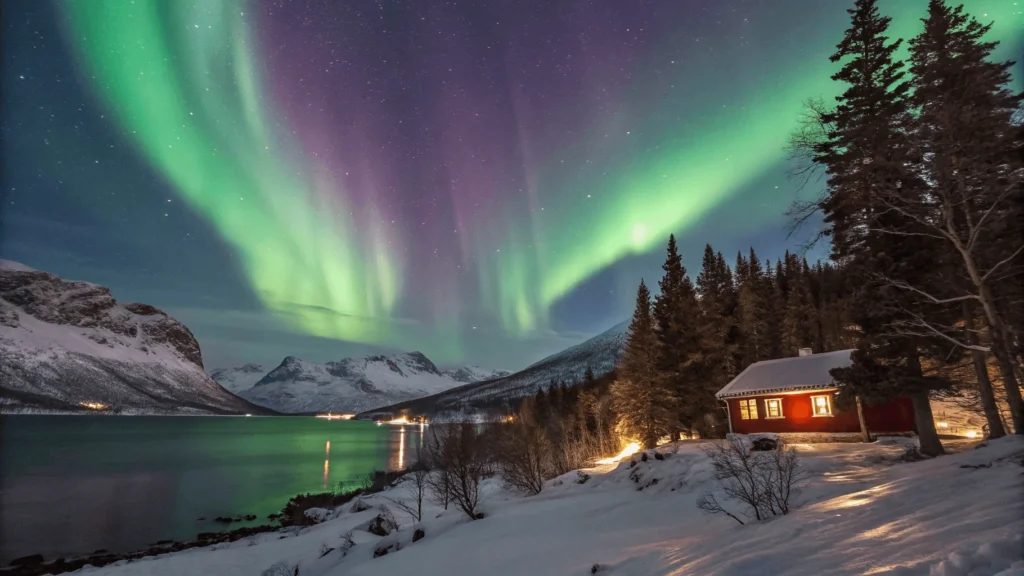
Conclusion: Your Northern Lights Journey Awaits
Witnessing theAurora Borealis Norway is more than just checking an item off your bucket list—it’s an experience that connects you with one of nature’s most profound mysteries. As you stand beneath the dancing lights, you join countless generations who have gazed skyward in wonder at this remarkable phenomenon.
Norway provides the perfect stage for this cosmic performance: accessible Arctic wilderness, comfortable infrastructure, knowledgeable guides, and some of the planet’s most spectacular landscapes as a backdrop. Whether you’re capturing award-worthy photographs or simply absorbing the moment with your own eyes, the Norwegian Aurora experience creates memories that last a lifetime. “Aurora Borealis Norway”
With proper planning, realistic expectations, and a spirit of adventure, your Northern Lights journey in Norway promises to be truly unforgettable. The lights are dancing—it’s time to join them.

